Honey Ants: How to Make the Sweet Life for Yourself When Conditions Are Not Sweet
Categories: Animals | North America
PictolicWhat do bees and ants have in common? The answer is obvious - both are insects. Few would think to say that both make honey. It sounds strange, but such honey ants exist! They live in different parts of the planet, not the most favorable, and producing a sweet substance is a way for them to survive.
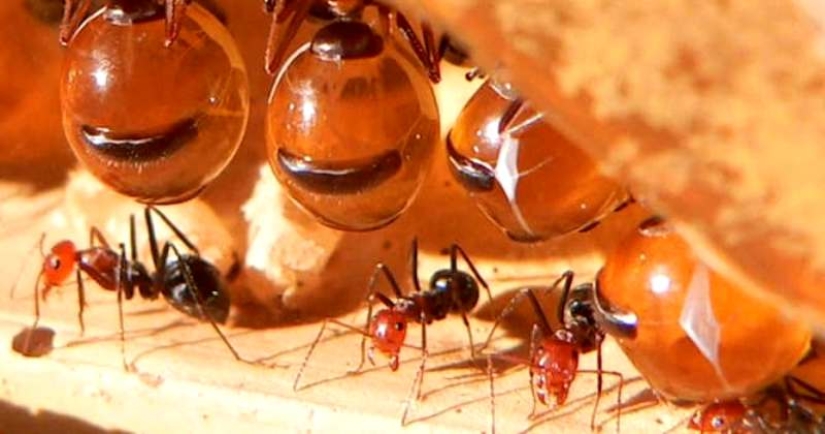
Honey ants are not a separate species, but an ecological group. These insects are distinguished by their unique ability to accumulate liquid carbohydrates in their abdomen. Of the 12 thousand species of ants, only 35 have this gift. They belong to five genera. These insects live in the USA, Mexico, Australia, South Africa and New Guinea. Their main habitats are deserts. There is little water there, and food is difficult to find.
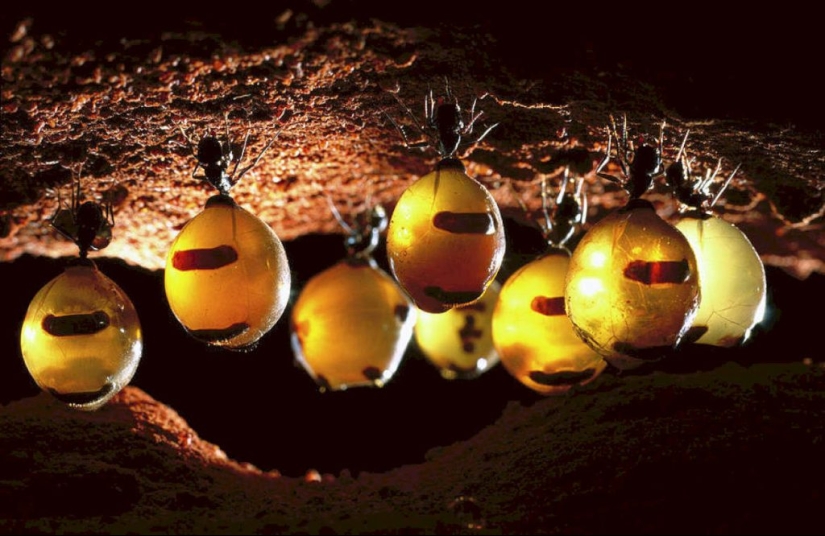
Honey ants use the abdomens of worker ants as living "barrels". Worker honey plants are called workers only. In fact, they lead a rather idle life. They sit in the anthill, while other ants bring them food. The task of honey plants is to accumulate sweet liquid inside themselves. As a result, their barrel-shaped abdomens swell to the size of a grape. The sweet liquid, containing glucose and fructose, accumulates until it is needed for the entire colony.
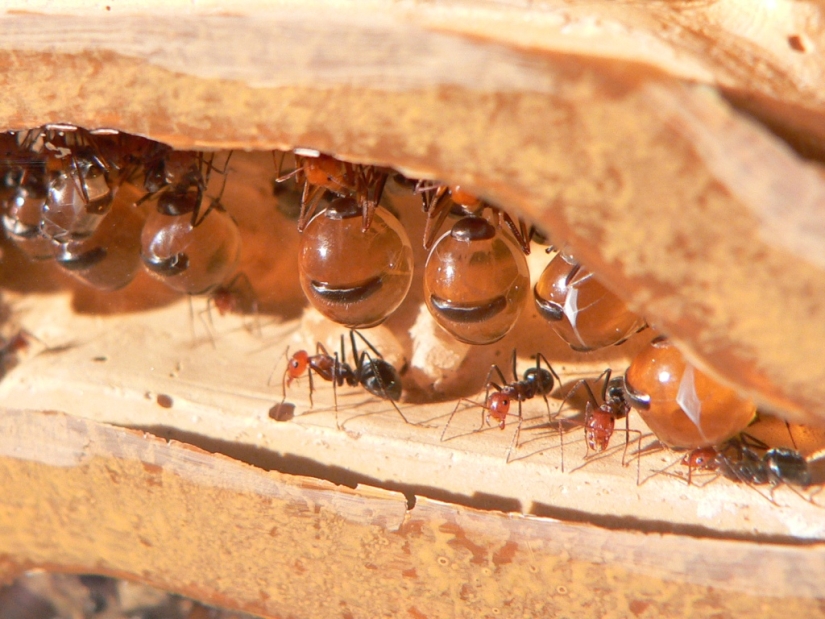
To get a portion of honey, an ordinary ant knocks on the antennae of a honey plant. If the rhythm is correct, the "barrel" secretes the required amount of nectar. This process is controlled by a complex gastric valve. These ants can empty their reserves and refill them again many times. During their life, which lasts several months, they completely provide for the colony during periods of hunger. Thanks to their underground lifestyle, honey plants are protected from heat, predators and other threats. To avoid fungal diseases, they cover their bodies with an antibiotic.
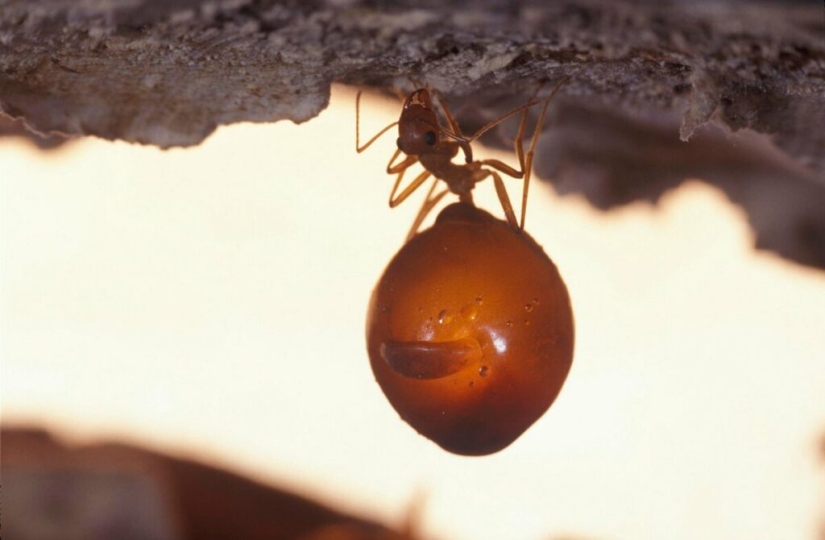
The diet of honey ants varies by region. Australian species use the nectar of the acacia. In Mexico, they feed on the juice of the yucca, and North American ones are satisfied with oak sap. These ants also often obtain sweet liquid from aphids. If the aphids secrete excess nectar, the ants willingly collect it. In some cases, they stimulate the aphids with their antennae to get more food. The obtained nectar is passed around the anthill "from mouth to mouth" until it reaches the honey plants.
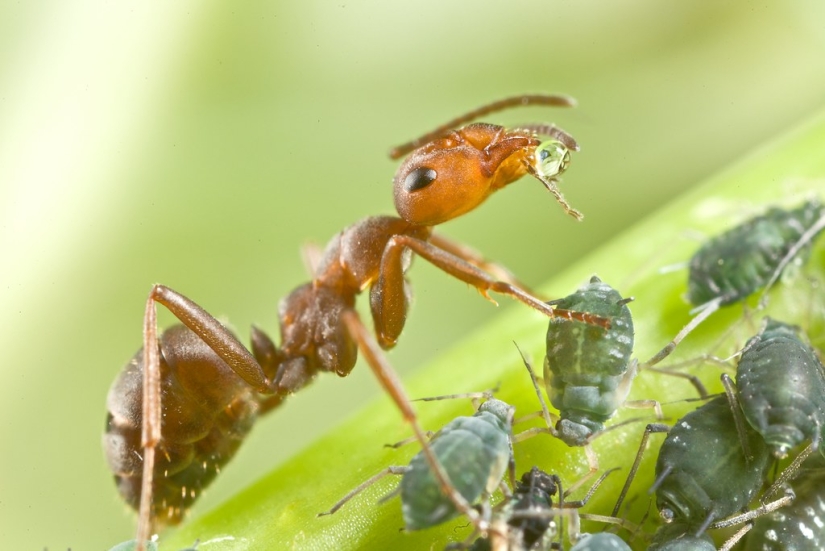
Honey helps ants survive in the dry desert conditions. The food reserves allow the colony to remain active even during periods of famine. Honey is used to feed the queen, workers, and the younger generation. The percentage of honey ants in a colony varies from 20 to 45%. During times of famine, their number increases. The ants somehow sense the approaching food shortage and begin to stock up on honey in advance.
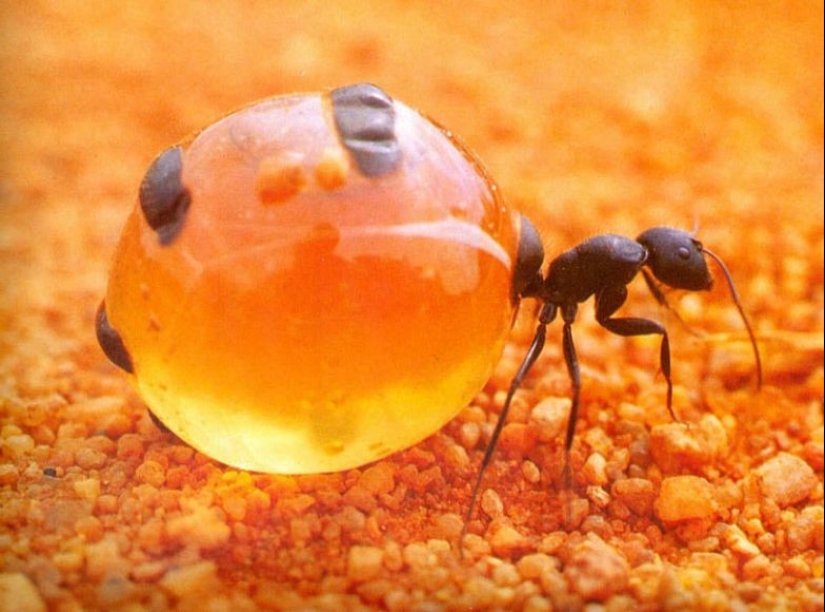
In Australia, honey ants are considered a delicacy. They are called "earth grapes" for their resemblance to amber berries. Aborigines dig tunnels up to one and a half meters deep to get to anthills. Located in special chambers, honey plants hang from the ceilings. The abdomens of these insects are filled with amber liquid. In a few minutes, hundreds of such "barrels" can be collected from one anthill.
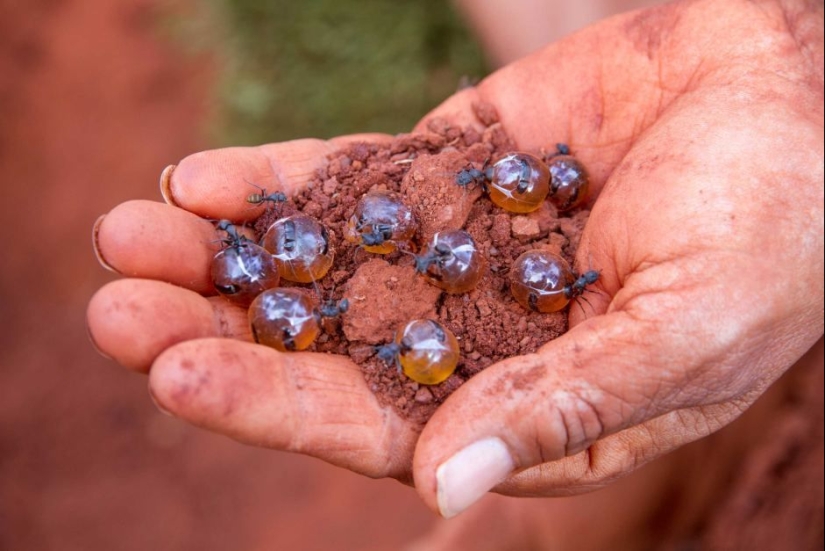
But hungry locals are not the honey ants' main problem. Much more damage is caused by coyotes and badgers, who raid nests in search of sugar-filled honey barrels. Lizards also prey on the ants.

British naturalist John Brown spent two years studying these unusual insects. He created a documentary film, The Empire of the Desert Ants, to show their lives. Both natural and artificial anthills were used for filming. Filming took place in dangerous terrain, and the work required constant observation of the ants' behavior and changes in the weather. This film was a real breakthrough and expanded our knowledge of honey ant behavior.
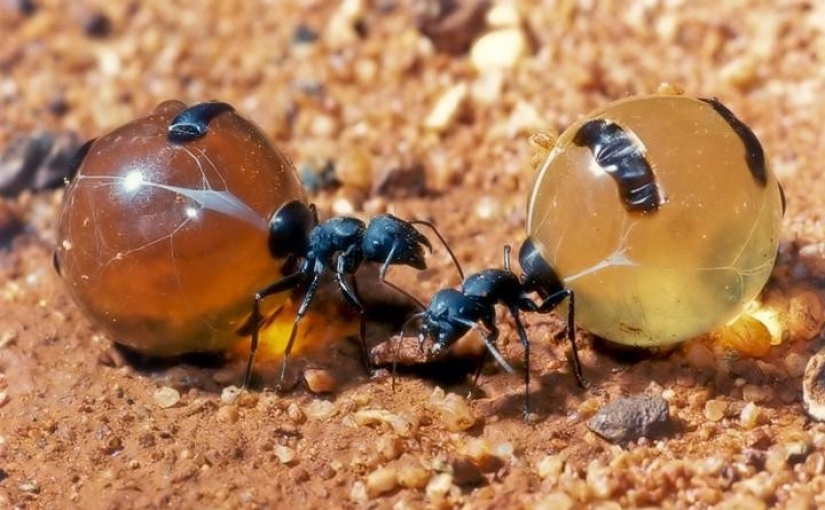
But honey ants are not the strangest thing. In North and Central America live vulture bees, which feed on carrion but produce real flower honey.
What do you think about the history of honey ants? Would you like to see these insects in real life or try their honey? Share your opinion in the comments!
Recent articles

Soon the New year, which means it's time to review Christmas movies, buying gifts, planning the celebration and decorate their ...

An old tradition to eat alcohol, kebabs, sausages and other meat products obviously there for a reason. Our ancestors, having a ...

Artists perpetuate the images of his muses in paintings, sculptures and other works. Them they draw inspiration for creativity. ...